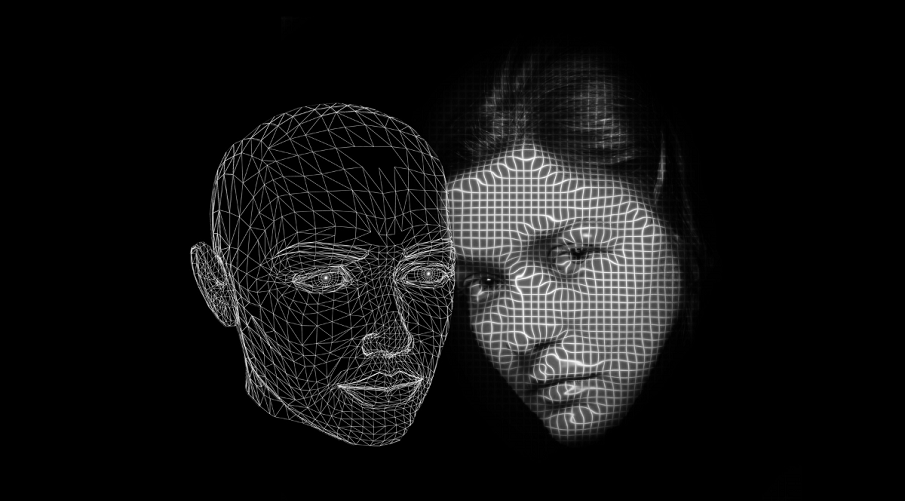Is it really sufficient to label yoga as merely a science?
While science can be wielded for both noble and nefarious purposes, can spirituality truly transcend these boundaries?
Just look around at the myriad of fraudsters who, at times, seem to possess extraordinary abilities.
This begs the question: if spirituality can be manipulated, should we engage with it at all unless it serves a higher purpose?
Perhaps it’s time we reevaluate what we define as “good.”
Understanding Good and Evil in Yoga
In my experience working with clients, I’ve seen how their identities, relationships, lifestyles, and life paths profoundly shape their understanding of what is good or bad at any given moment.
What may seem beneficial today could be detrimental tomorrow.
This ambiguity suggests that when navigating transitions in life, we must help individuals find their own path to understanding.
The Transformative Power of Yogic Practices

Here’s the compelling part: practices such as yoga, breathing exercises, and chanting offer a gateway to a calmer, more reflective state of being.
This transformative experience cannot be strictly categorized as good or evil, it’s an opportunity for personal choice.
When individuals seek guidance, turning to a trained, qualified, ethically driven professional increases the likelihood that they will learn to cultivate goodness within themselves.
Techniques that Promote Balance
Let’s consider the yogic approach, which incorporates elements like chakras, kundalini shakti, and hypnotherapy.
These practices foster empathy, alignment, and balance while activating various aspects of consciousness, including the gamma frequency.
This activation not only encourages individuals to seek out that uplifting feeling again but also lays the aspirational groundwork for a balanced life.
Many people, particularly those grappling with trauma, find themselves trapped in a cycle of survival, often for too long.
We must acknowledge that not everyone has the same capacity to adapt, especially when mental health challenges are at play.
Working with Professionals in High Stress Environments
Take, for example, the corporate professionals I often work with.
You might think I would shy away from those who seem overly materialistic, but that’s far from the case.
I constantly grapple with whether I’m simply helping them excel at work, boosting their self esteem, or guiding them to confront the underlying issues that led them into such a lifestyle.
The truth is, it’s often a blend of both.
Many professionals in high pressure environments, such as finance and education, reveal a concerning lack of childhood memories, suggesting significant emotional blocking.
Those who are unaware of their trauma may not be ideal candidates for hypnotherapy until they confront and work through these issues.
Moreover, the number of people who have been traumatized has increased since the pandemic.
However, when we can combine innovative hypnotherapy techniques with Cognitive Behavioral Therapy, we can empower individuals working in high stakes settings to regain balance and resilience.
Navigating Identity and Ethics in Yoga
Many clients possess strong religious ties and don’t necessarily seek spiritual guidance, but reaffirming their core values can be incredibly beneficial.
Given the current challenges surrounding religion and politics in the United States, it’s crucial for professionals to remain open to diverse perspectives.
This raises another important question: what if a client’s identity is operating in an immoral or unethical manner?
In such cases, it’s essential to recognize when a different level of care is needed.
Ultimately, individuals have the agency to choose their providers, and many have sought my insights during pivotal moments, like the 2024 election.
The Connection Between Yoga and Self Discovery

The intersection of yoga, spirituality, and personal growth is a powerful arena where individuals can unlock their potential.
By fostering an environment of understanding and support, we can help them navigate the complexities of their journeys, leading to a more fulfilling and balanced life.
Embracing the transformative power of these practices paves the way for profound personal change.
The journey of self discovery through yoga is deeply intertwined with the broader exploration of identity and awareness.
While yoga offers a pathway to personal transformation by aligning the mind, body, and spirit, it also provides an opportunity to confront deeper, often unconscious aspects of ourselves.
Transitioning to Deeper Self Awareness
As individuals explore the realms of yoga and spirituality, they often encounter deeper layers of self awareness.
This journey can unveil unconscious biases that have long influenced their perceptions and behaviors.
Recognizing these biases is a crucial step toward holistic growth, allowing individuals to integrate newfound insights with their evolving sense of self.
By cultivating mindfulness and introspection, they can begin to identify patterns that no longer serve them, paving the way for genuine transformation.
Recognizing Unconscious Bias
In the intricate tapestry of human experience, unconscious bias weaves its threads subtly yet powerfully, shaping perceptions, behaviors, and interactions.
This bias often manifests in ways that are deeply ingrained, often without our awareness.
For many, the recognition of these biases is the first step toward meaningful change.
However, there exists a poignant reality: for those who choose not to confront these biases, the potential for growth and understanding remains tragically unrealized.
This is particularly evident in marginalized communities, such as the LGBTQ community, where societal shame can stifle authenticity, expression, and the quest for self acceptance.
Overcoming Shame and Embracing Identity

Shame, particularly within the LGBTQ community, casts a long shadow.
It can create a sense of resignation, where individuals almost come to expect that life will be riddled with challenges and opposition.
This expectation is a reflection of broader societal issues, including the misogyny that permeates our culture.
The pervasive belief that anything feminine or perceived as “inferior” can be manipulated and demeaned is not just an attack on women but also extends to those who challenge traditional gender norms and identities.
In this complex landscape, the fight for self identity becomes a powerful, yet often painful, journey.
Cultivating a Strong Sense of Self
To navigate this landscape, a strong sense of self is vital.
When one cultivates an understanding of their identity, they claim a unique perspective that transforms how they engage with the world.
This idea resonates with the teachings of Ramana Maharshi, who, when asked about the meaning of life, poignantly inquired, “Who is asking?”
This profound question beckons us to delve beneath the surface of our actions and reactions.
When we lack awareness of our own motivations, we risk becoming trapped in a cycle of unconscious behavior, echoing the sentiments of Karen Horney in her exploration of neurosis.
Progressing Toward Self Awareness
Yet, amidst this struggle, there is hope.
Every small act of opening up, every moment of vulnerability, represents a step toward progress.
The question arises: what is the value of progress if it does not seem to create tangible change?
While progress may seem limited within the confines of our immediate reality, it may resonate across dimensions we cannot yet always perceive.
The interconnectedness of our experiences suggests that even minor advancements in self awareness and acceptance ripple outward, influencing not only our lives but also the collective consciousness.
The Role of Conscious Integrative Therapy (CIT)
Conscious Integrative Therapy (CIT) provides a holistic framework for addressing the interplay of unconscious bias, emotional trauma, and personal growth.
By combining mindfulness practices, cognitive restructuring, and emotional regulation techniques, CIT helps individuals achieve greater self awareness and resilience.
CIT emphasizes:
- Identifying and addressing unconscious patterns.
- Cultivating present moment awareness.
- Releasing deeply rooted emotional blockages.
Through CIT, individuals can integrate their unconscious experiences with conscious awareness, bridging the gap between their internal world and external behaviors.
This approach complements yoga and hypnotherapy by fostering a deeper connection to oneself and promoting long term transformation.
Conclusion: Embracing the Journey
The interplay between unconscious bias, societal shame, and individual identity requires a compassionate understanding of the struggles faced by marginalized communities, as well as a recognition of the importance of personal growth and self discovery.
By choosing to confront our biases and embracing our unique identities, we can contribute to a more inclusive and empathetic world.
As we navigate this journey together, we must remember that every small act of progress matters, fostering connections that transcend the limitations of our immediate reality and resonate across the greater picture of human experience.






